I have a series of PowerShell functions that help keep my VM and Docker containers running and accessible.
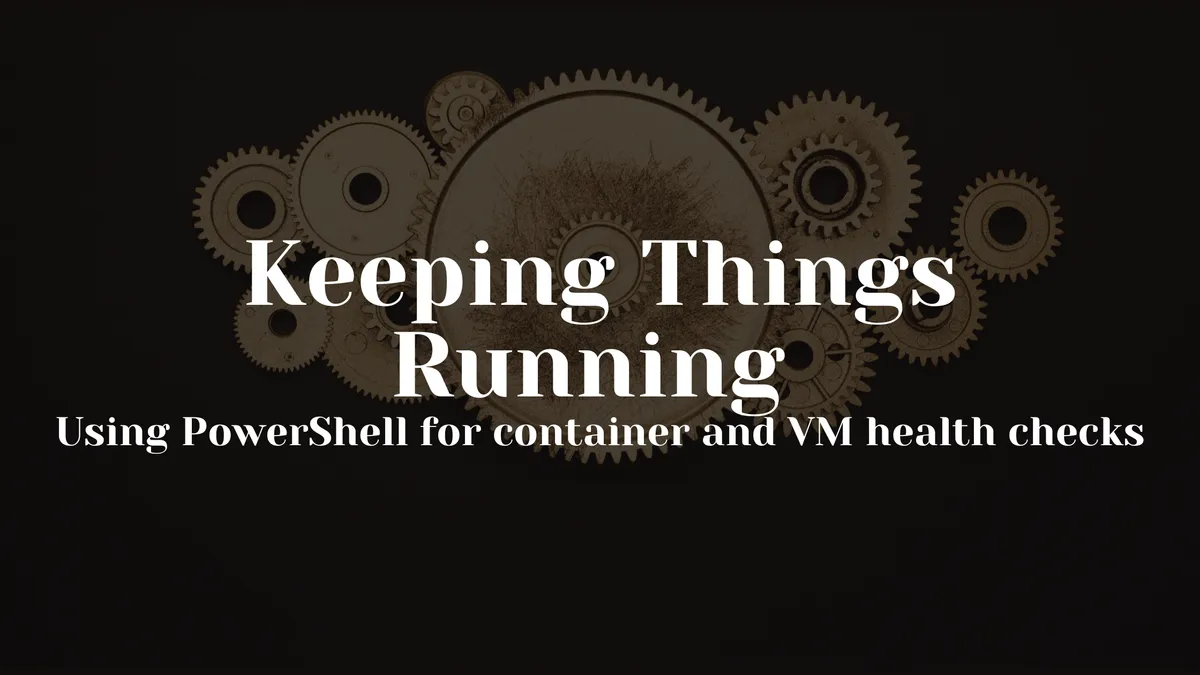

I have a series of PowerShell functions that help keep my VM and Docker containers running and accessible.
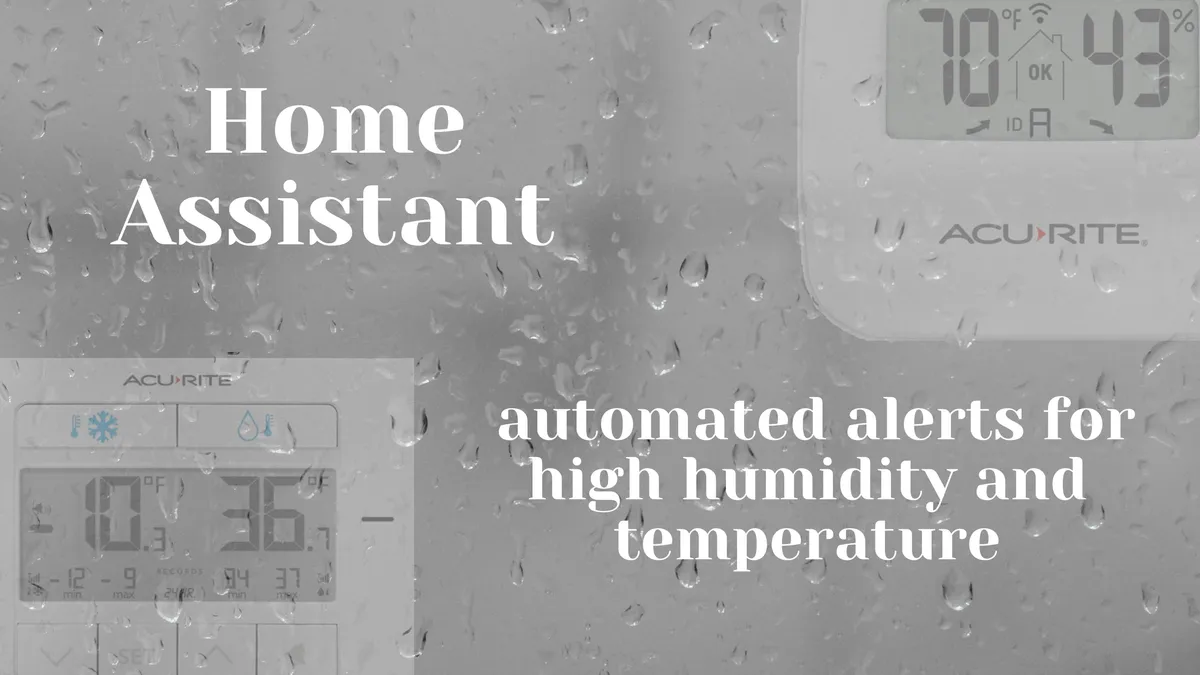
Set up humidity sensor alerts in Home Assistant using HTML5 push notifications. Avoid issues like high humidity or a left-open freezer with automated alerts!

I recently held a study session for a group of people hoping to take these exams, and I wanted to bring that to you as well. These are my tips and tricks for taking the AI-900 and the AI-102.
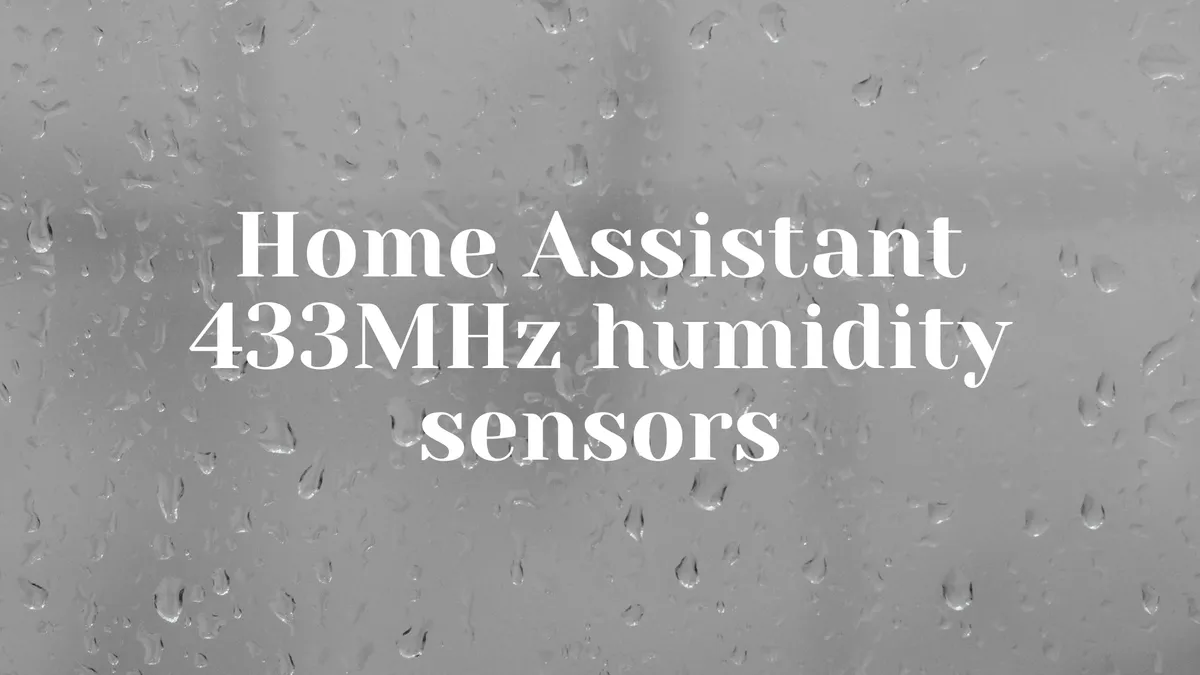
I use rtl_433 to post AcuRite humidity sensor data to Home Assistants using MQTT.

You can register Semantic Kernel and your native plugins with the dotnet DI container automatically with some reflection magic.
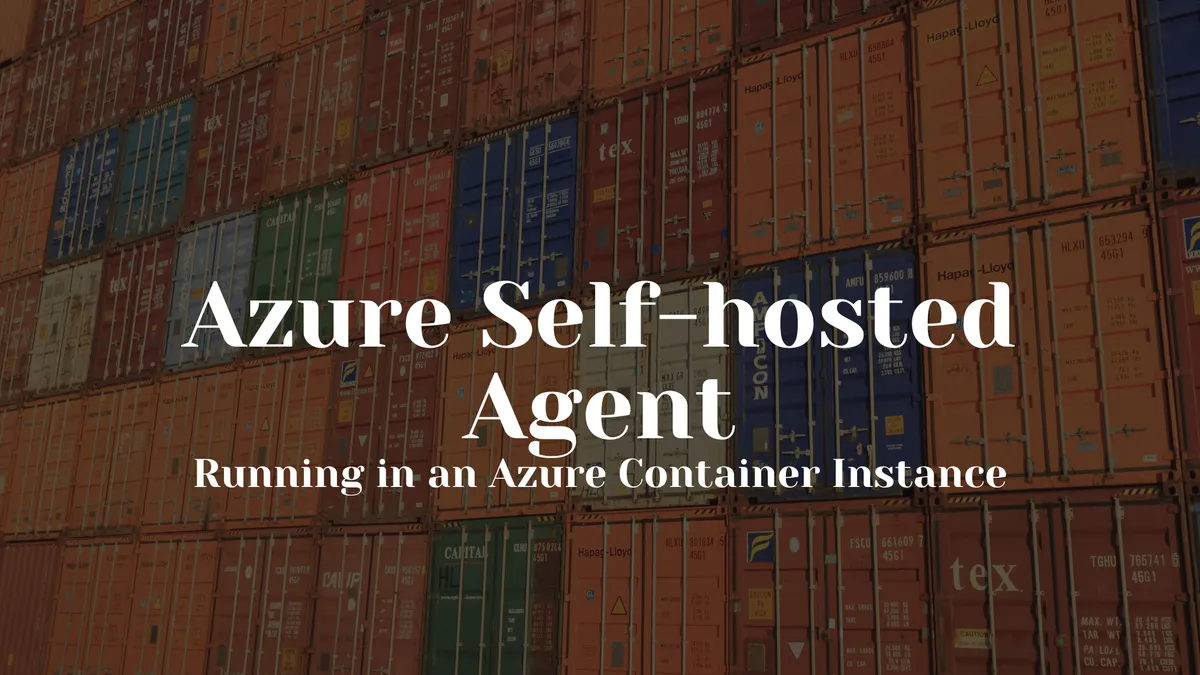
Self-hosted Azure DevOps agents are a great choice for teams seeking tailored build environments and greater control over their CI/CD processes. These agents make it easy to customize capabilities, allowing for the installation of specific software and the use of machine-level caches, which significantly enhance performance
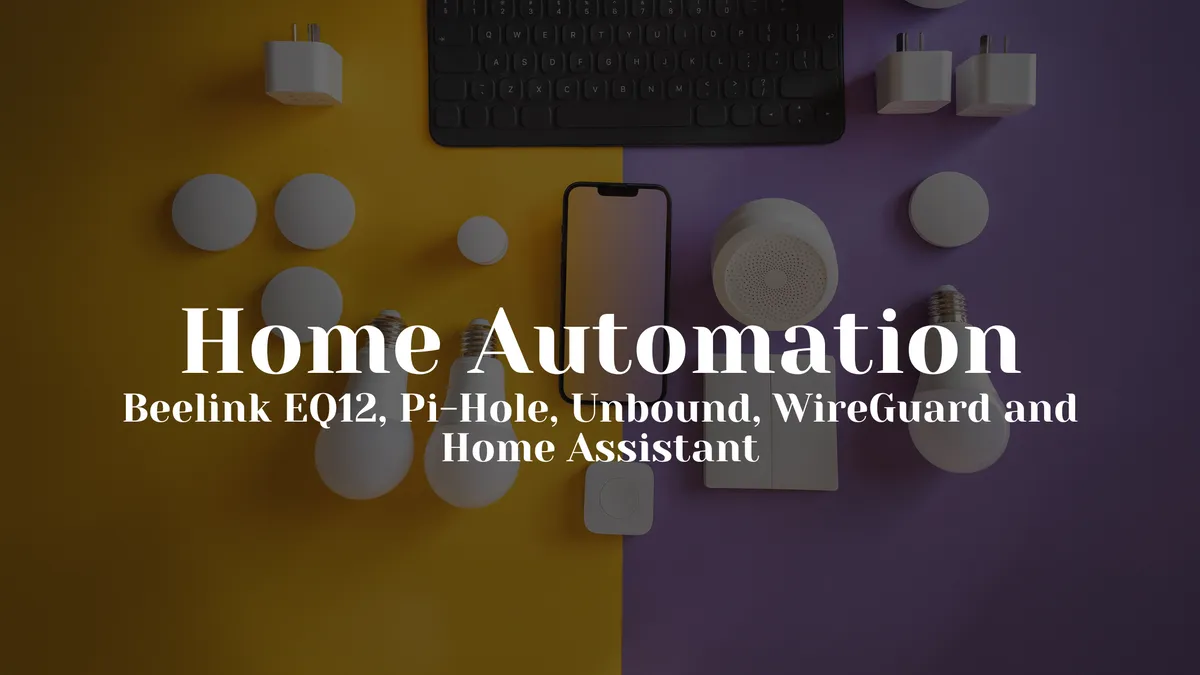
I upgraded my old Raspberry Pi 3 to a Beelink EQ12 that runs Windows Server 2025 and some docker images. Pi-hole and WireGuard help make my at home and remote internet traffic safer. Home Assistant brings all my smart devices together.
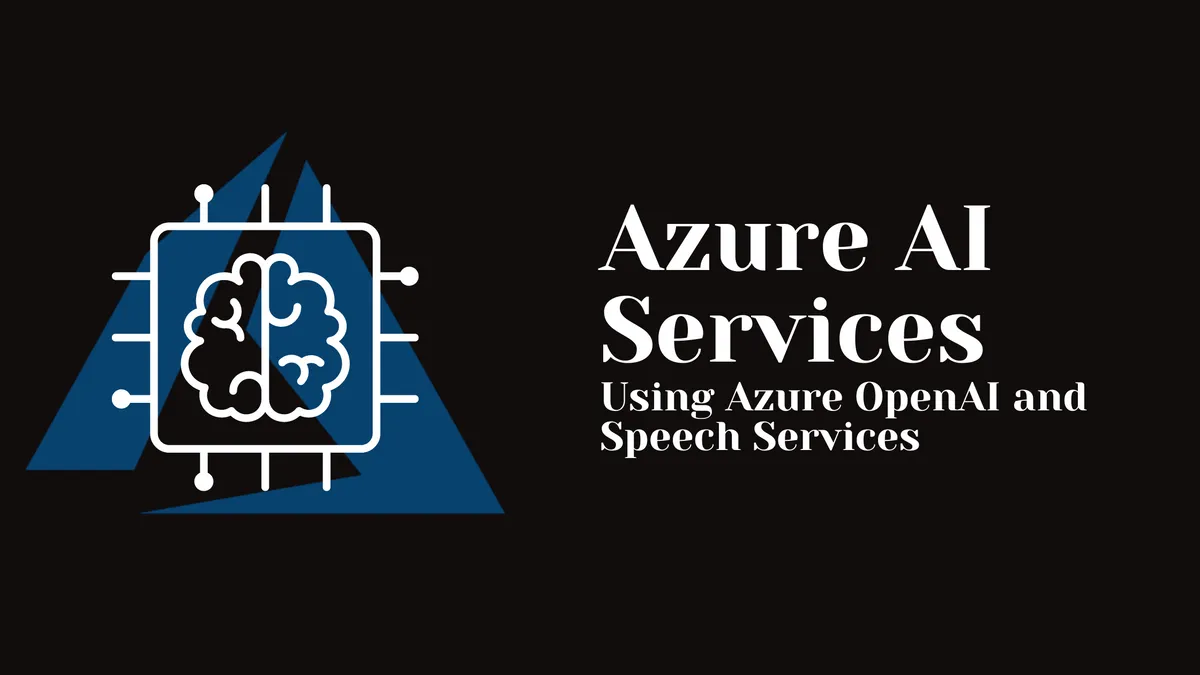
I'm taking a look at using Azure's OpenAI services along with Azure's Speech Services to create some fun interactive, generative AI examples.
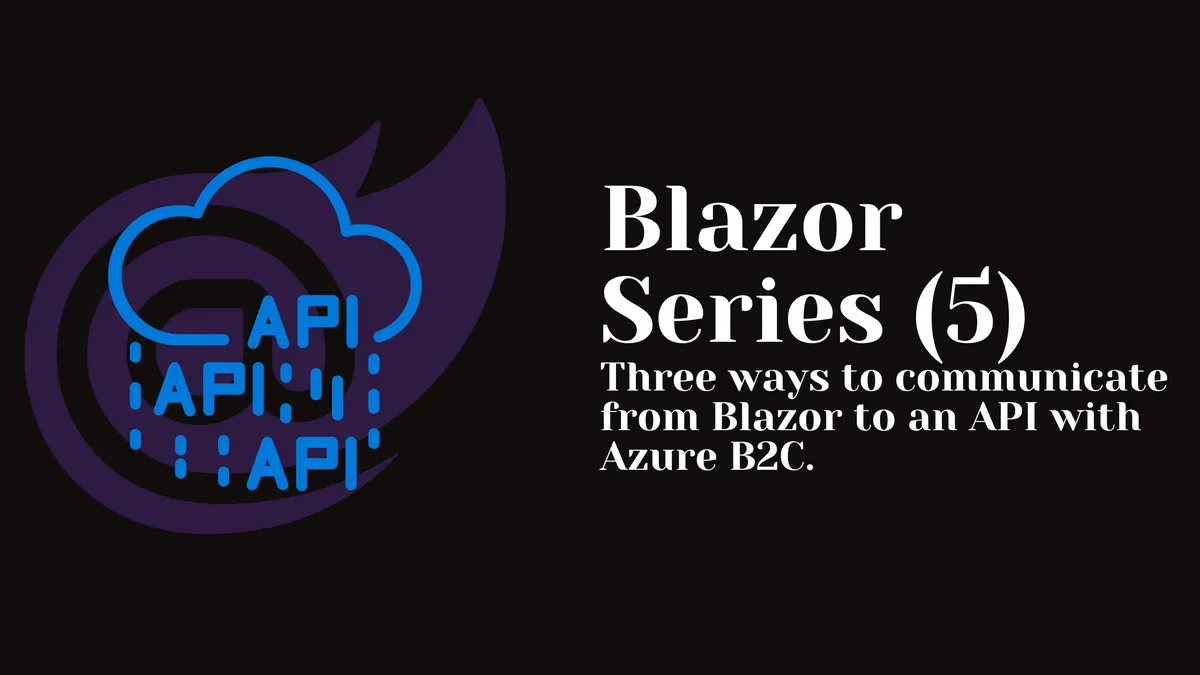
I'm continuing my Blazor series and in this article, I will show how to communicate with a backend API and SignalR with Azure B2C.
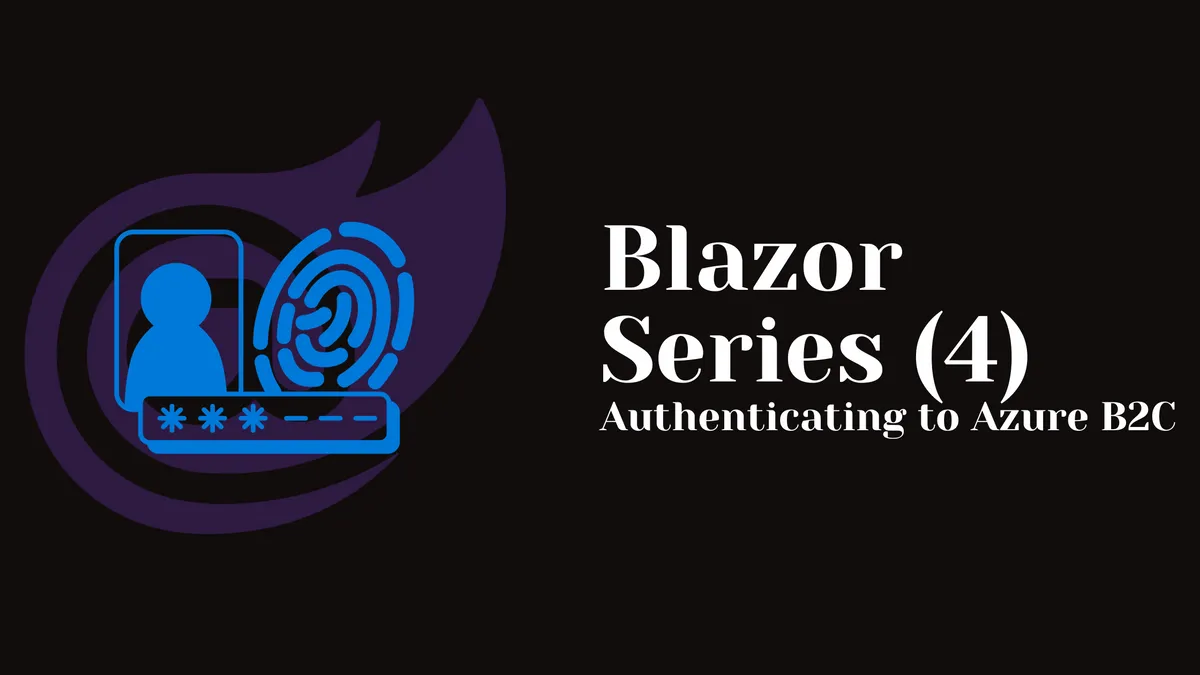
Using Azure B2C in Blazor is a great way to authorize and authenticate your users. I'll show you how to use MSAL in a web, Maui and WPF application.
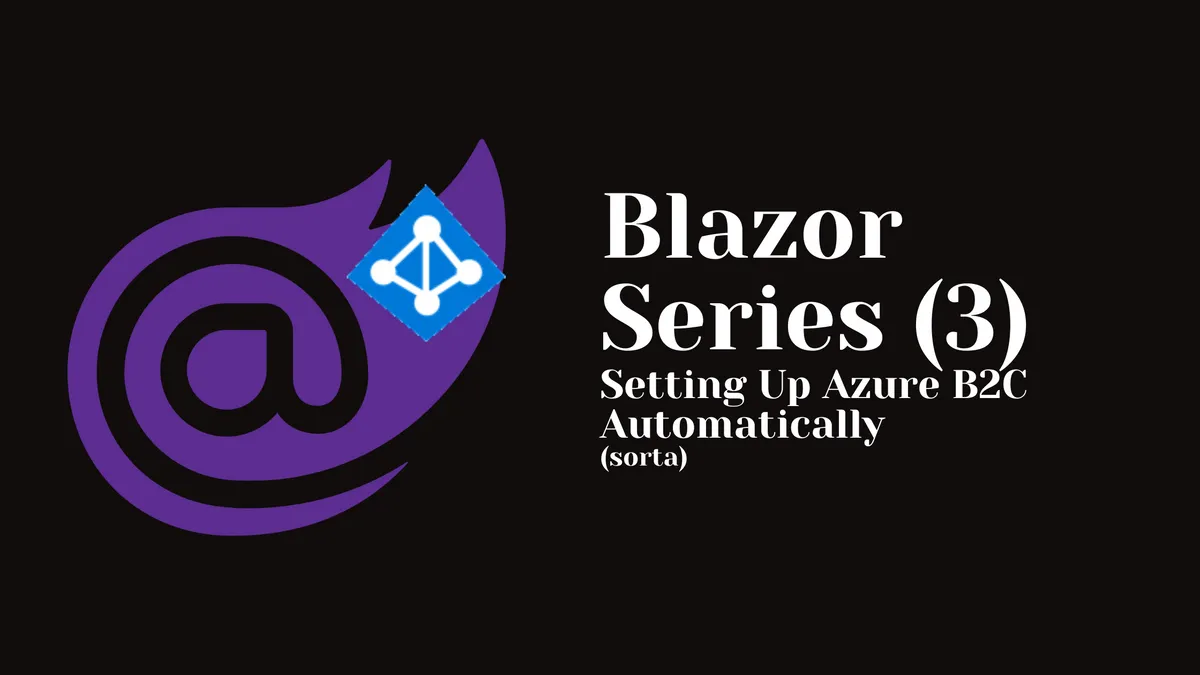
Here's how you can automate an Azure B2C Tenant setup and creation. It can set up any app registrations, API connectors, user flows and more.
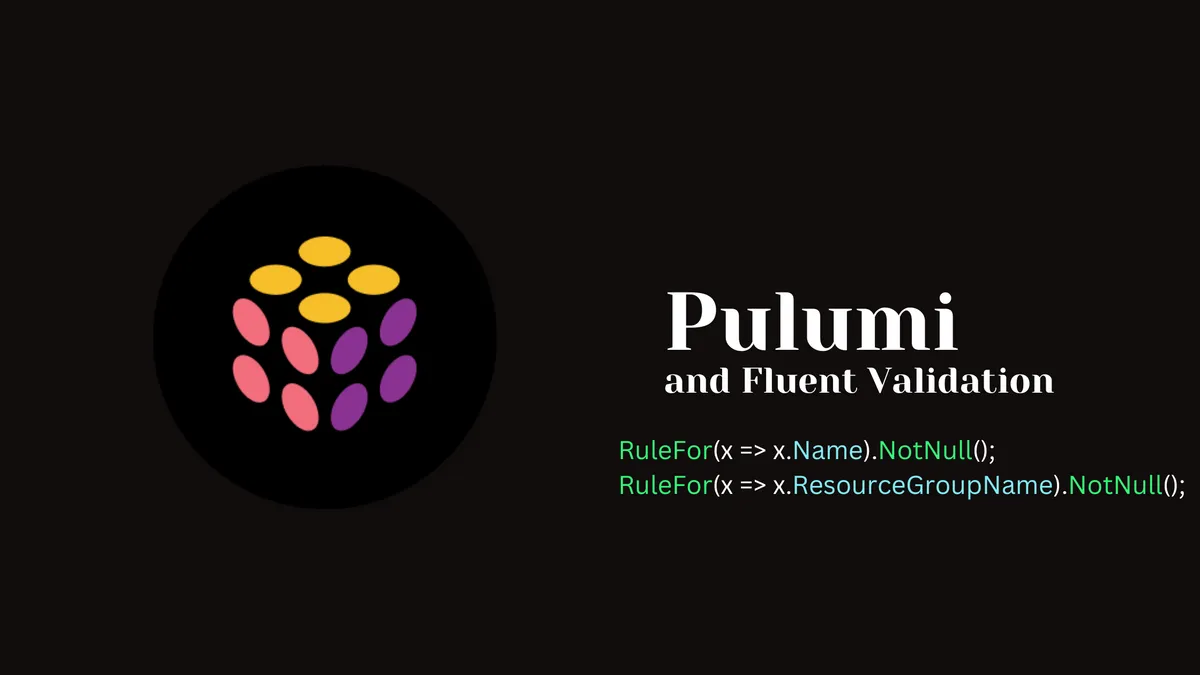
You can use Pulumi together with FluentValidation in C# to help validate your developers configurations and prevent high-cost resources from being misconfigured.
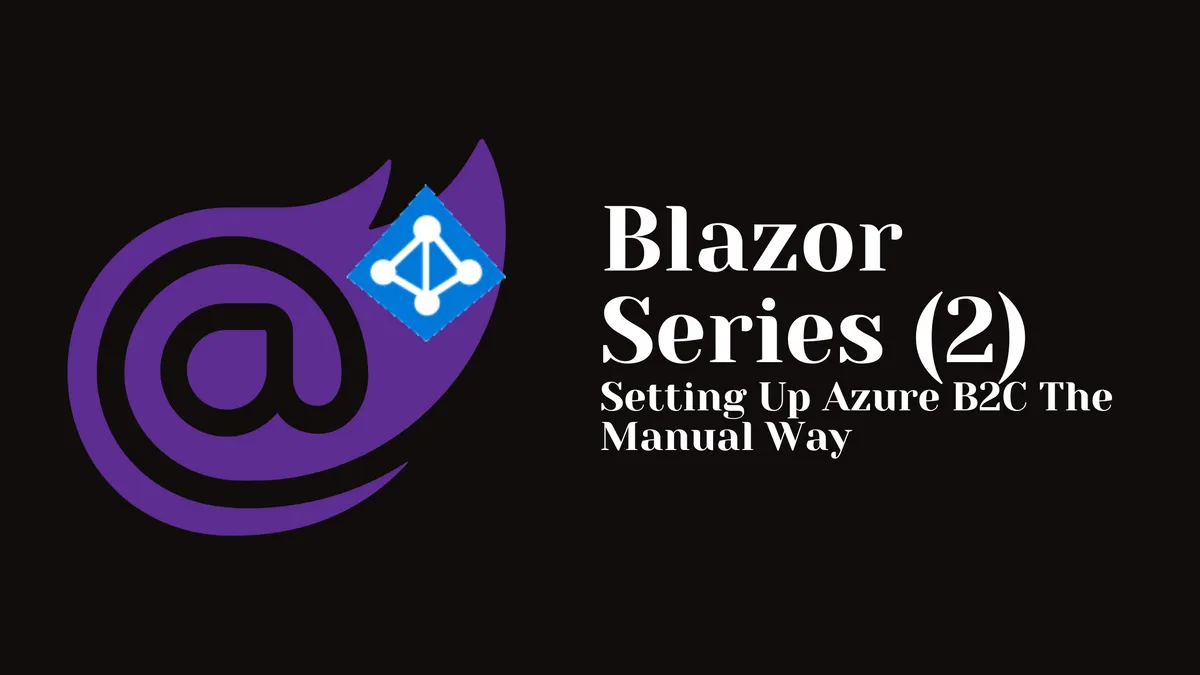
I want to show you how to set up Azure B2C the manual way. We'll create App Registrations, API Connectors for custom claims and a Microsoft Identity Provider.

I'm starting a series of blog posts where I'll be talking about Blazor and how you can utilize it. In this post, I'll be introducing the current project structure and topics that I will cover.
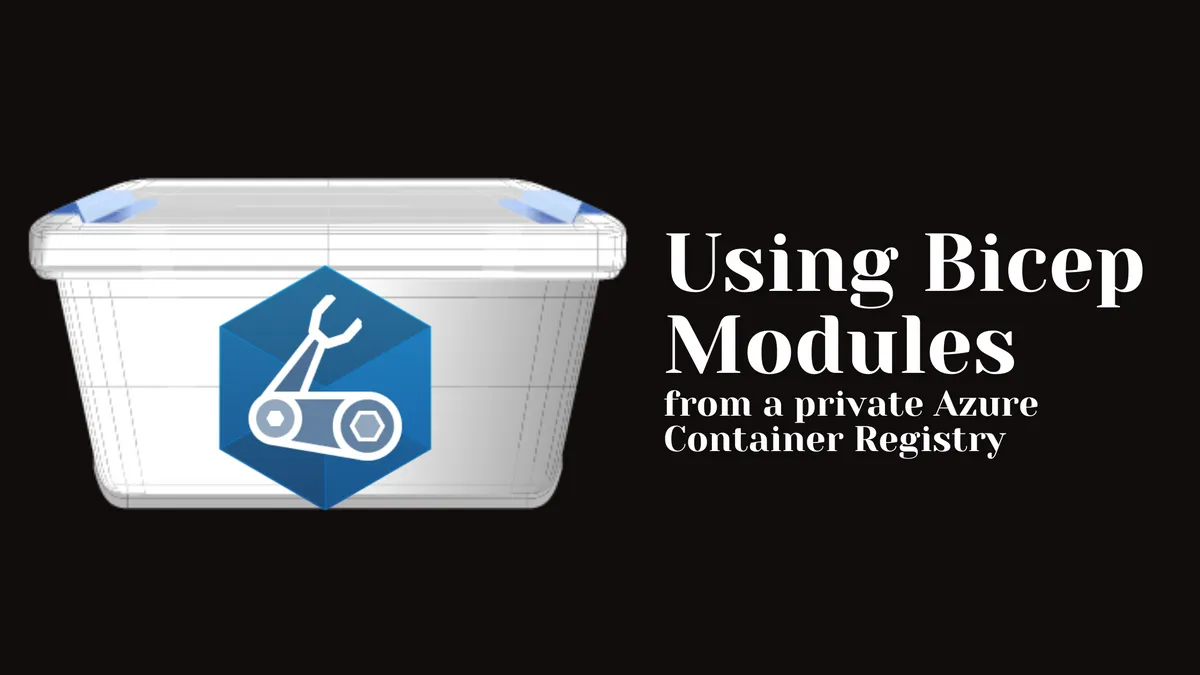
Bicep is a much cleaner IaC compared to ARM templates. Bicep modules are a great way to reuse and simplify your code. You can host these modules inside an Azure Container Registry to make the modules available across multiple projects.
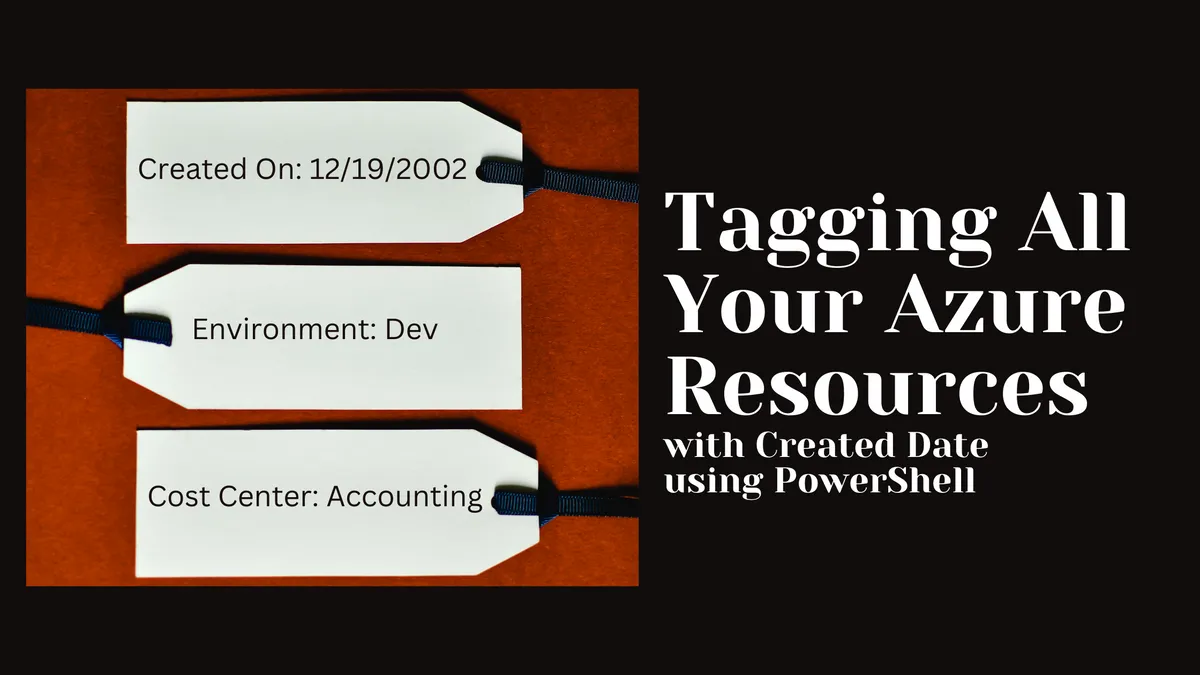
I'll show you how you can loop through all the existing Azure resource and tag them with the CreatedTime.
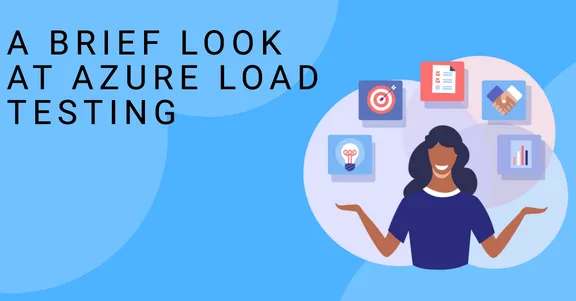
I'm exploring Azure Load Testing, how to set it up and use it to test a sample app to measure the impact of a heavy user load on Azure resources.

Version 6.0.0 of my date time picker has finally launched. I'm excited to bring it to you and see what's in store next.
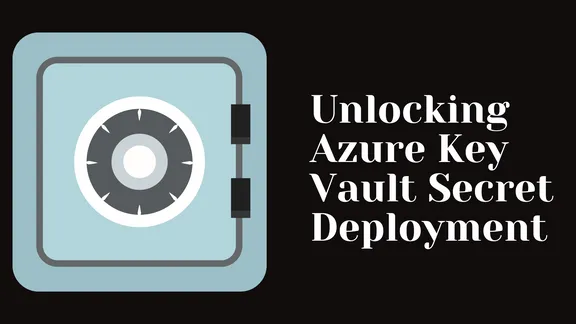
I'm going to give you the keys to unlock the secret of how to use Azure Key Vault in your Azure App Services configuration. We'll use Bicep to deploy our resources and AZ CLI to push values to the Vault.
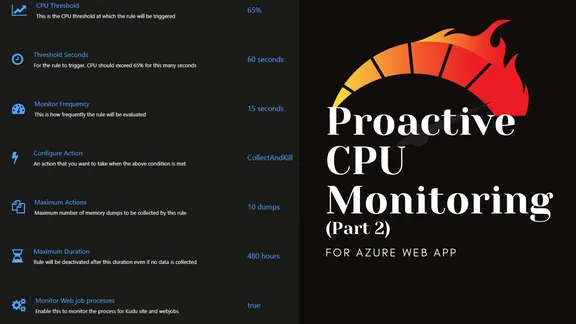
I turned the Azure Proactive CPU Monitoring setup into a Azure DevOps Task Group, so it can be reused and maintained.
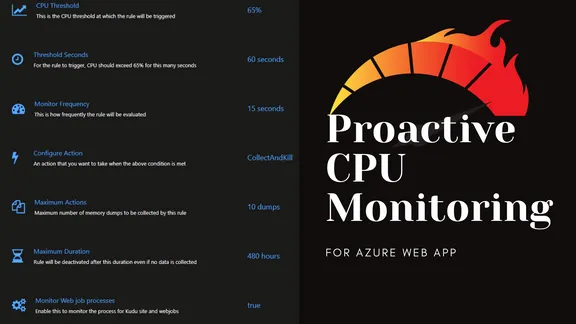
I enabled Proactive CPU Monitoring for an Azure Web App using the Azure PowerShell task in Azure DevOps.

When creating UI/UX components before the API or DB is in place, there are a number of tricks that can be used to simulate an API call. It is easy to change the model on the front end and change how the screen works without needing to update the DB and API.

How to use ngx-toastr with Bootstrap 5 using Bootstrap's built-in toast component.

You can create an HTTP Archive format, or HAR file from Angular to get additional debugging information from your http requests that can be provided from your users.

An update explaining where things are currently with the Tempus Dominus date picker.
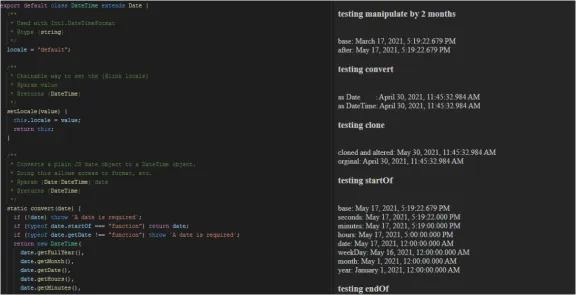
I created a small date library for javascript using native function and no external dependencies as a replacement for needing moment.js or day.js.

Outlining the plan for my datetime picker revitalization.